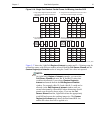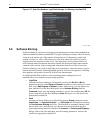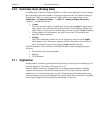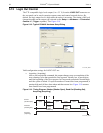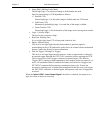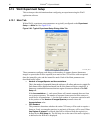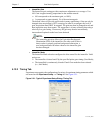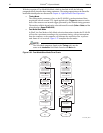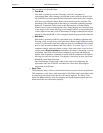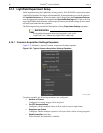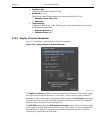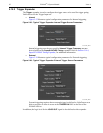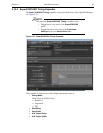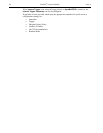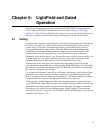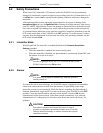
Chapter 5 Gate Mode Operation 89
The two modes are described here:
— Fast Mode
Fast mode is primarily used for collecting “real-time” sequences of
experimental data, where timing is critical and events cannot be missed. Once
the PI-MAX4 has been issued the Start Acquisition command by the computer,
all frames are collected without further intervention from the computer. The
advantage of this timing mode is that timing is controlled completely through
hardware. A drawback to this mode is that the computer will only display
frames when it is not performing other tasks. Image display has a lower priority,
so the image on the screen may lag several images behind. A second drawback
is that a data overrun may occur if the number of images collected exceeds the
amount of allocated RAM or if the computer cannot keep up with the data rate.
— Safe Mode
Safe mode is primarily useful for experiment setup, including alignment and
focusing, when it is necessary to have the most current image displayed on the
screen. It is also useful when data collection must be coordinated with external
devices such as external shutters and filter wheels. As seen in Figure 5-22, the
computer controls when each frame is taken. After each frame is received, the
camera issue a
Stop Acquisition command to the camera, instructing it to stop
acquisition. Once that frame has been completely processed and displayed,
another Start Acquisition command is issued from the computer to the camera,
allowing it to take the next frame. The display is therefore, at most, one frame
behind the actual data collection.
One disadvantage of Safe mode is that events may be missed during the
experiment since the PI-MAX4 is disabled for a short time following the
acquisition of each frame.
•Delay Time
This parameter allows a delay to be inserted between successive frame acquisitions.
This parameter is only active when operating in Safe Mode where each frame must
be completely processed before the next one can be acquired. The Delay Time
inserts an additional delay after the computer has finished processing the previous
frame before the next one can be acquired.



